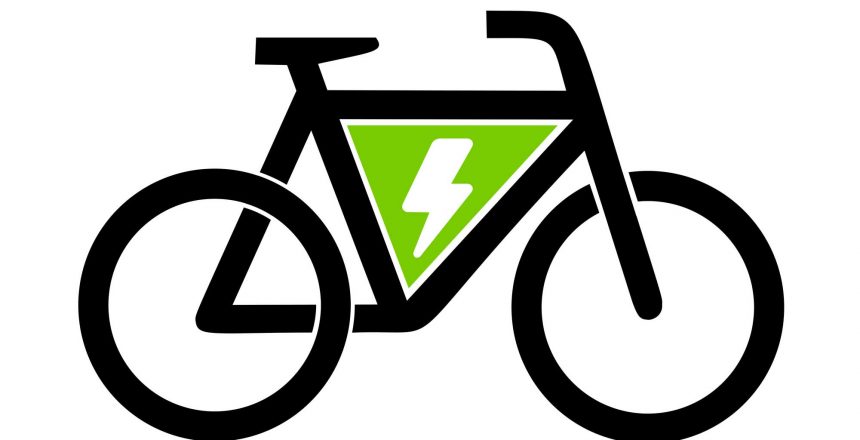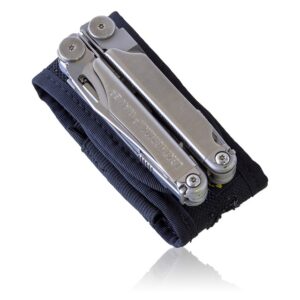Innovation is essential in any industry, allowing companies to predict consumer habits, adapt with agility to new market trends and reinvent themselves and their products.
Many of us are entering the next phase of the pandemic with the need for innovation at the forefront — of our businesses, lifestyles, work/life balance, travel and more.
The future begs consumers and businesses alike to innovate in a post-pandemic reality.
Commuting is one area reinventing itself, as people are discouraged or fearful of riding the subway, buses or Uber.
Bikes look a lot more appealing to the average urban dweller, providing a much needed sense of relief and peace of mind after months spent indoors.
And in recent years, innovation in the e-bike industry has focused on new technologies, making these battery-powered bikes a compelling alternative to public transportation or cars.
Remarkable shifts in the electromagnetic function of e-bikes, combined with the ease in which they can be operated, have allowed e-bikes to penetrate the mass market of consumers looking for a new way to get from point A to point B.
Below, some of the core new technological integrations we’re seeing from e-bikes:
The E-Bike
With the advent of electric cars and solar cars, it was only a matter of time before these innovations were considered for other machines. And while many experts predicted the rise of e-bikes would change the future of cities in the coming decade, the pandemic accelerated the speed of adoption. So, while electric bicycles might look similar to regular bikes at first glance, its function and power relies on the combination of an electric motor and rechargeable battery to get riders where they need to go faster.
Ridel's ORA model, for instance, incorporates several safety features directly in the bike itself, including a 360’ luminous ring in the center which provides additional visibility for riders while cycling in the dark. Beyond the bike itself, there are multiple features which positively impact the efficiency, speed and strength of the bike.
Battery-Powered Assistance
Working in tandem with the electric motor, the battery powers the electric bike. The combination of battery and motor make pedaling significantly easier, so riders can accelerate up or down hills with the simple press of a button.
Motors have gradually become lighter, quieter and more integrated with the rest of the bike for an improved experience. The lightness of the motor plays a major role in the ease and ridability, an important factor for urban consumers who bring their bikes upstairs or on trains.
Bike batteries are charged via electricity — the Ridel E-Bikes Tripster model, for instance, is powered with a 500 W motor, intelligent power assist system and hidden Samsung 2900 cell battery, so riders can truly go the distance up to 60 miles with power and speed.
Anti-Theft Features
Bike theft has regularly been an issue in major cities, but e-bikes have actually helped those numbers to diminish in recent years thanks to anti-theft functionality.
Various features range from alarms to theft indicator tracking systems, helping to assure riders of the safety and security of their e-bikes.
These innovative security systems were never possible with regular bikes as they warrant smart systems and digital features.
RIDEL also focuses on preventative anti-theft functionality — the EKO model, designed for the urban jetsetter, features a lightweight frame designed to hide the internal cable routing, engine and battery, offering both bike protection and a sleek design.
LCD Display Panel
Smart monitoring systems were designed for riders who like to track their rides in real time or overtime.
These LCD displays, typically located at the front of the bike, project speed, distance and battery life so riders can view and analyze their data at any point throughout the ride.
This is ideal for riders traveling up to 60 miles to track inputs like low battery.
This functionality is also great for urban planners to acquire mass amounts of rider data to troubleshoot, improve bike functionalities and build future models based on trends.
The LCD display is a much-loved feature on RIDEL’s Tripster model particularly for mountain biking, assisting riders on all types of roads and terrains.
Custom Sensors
In regards to the use and functionality, custom-built sensors have the ability to measure speed and distance, detect cars in nearby surroundings and track a user’s fitness.
Some connect wirelessly via Bluetooth, allowing users to transfer data to other smart systems, like phones or tablets. The diversity of these smart sensors will continue to improve in the future, based on features like security and rider health.
Conclusions
As we look into the future, technological innovation will continue to offer lighter, more user-friendly and data-driven solutions to e-bikes, all at an affordable price point.





